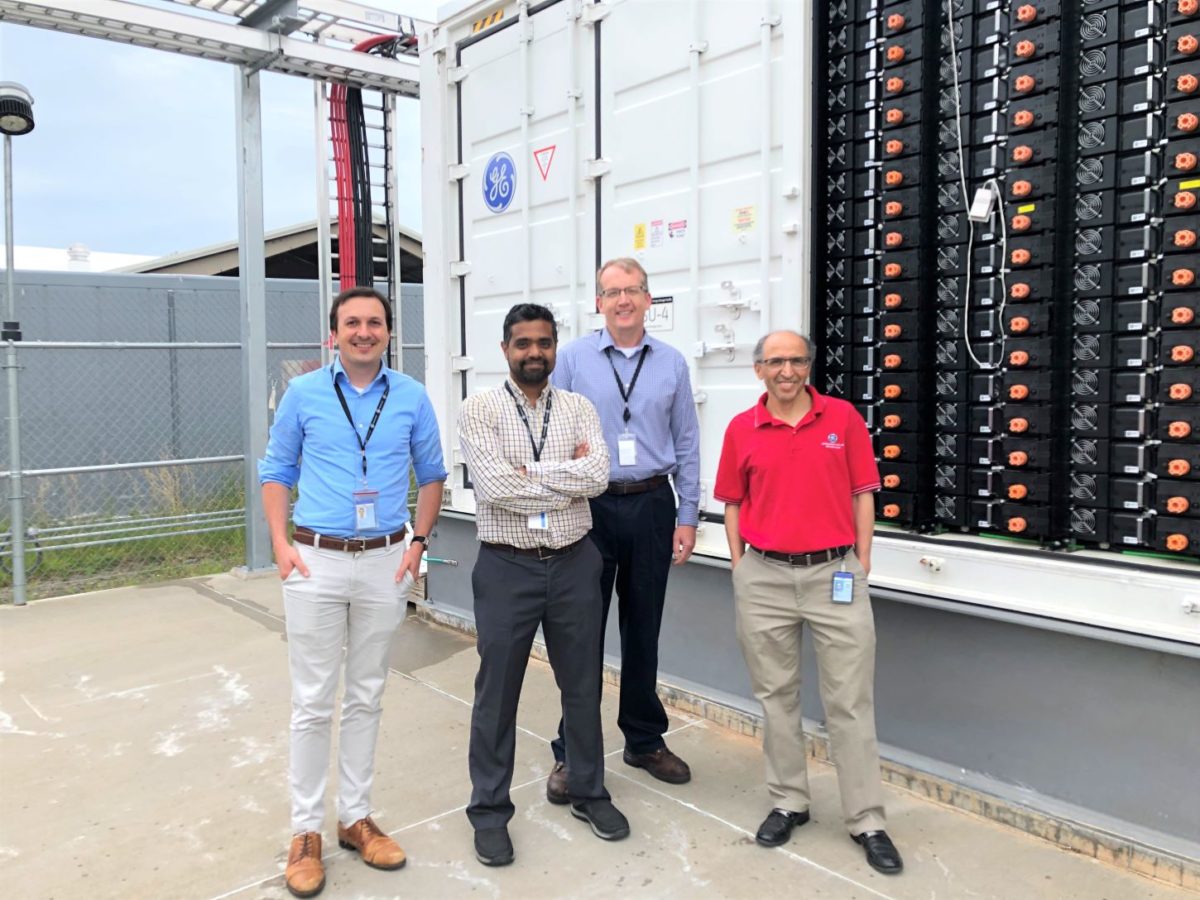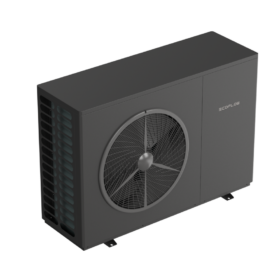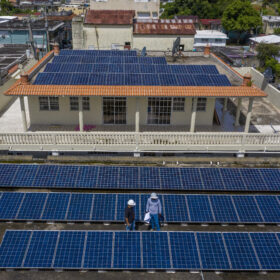General Electric (GE) research announced it is partnering with the US Department of Energy (DOE) on two research and development projects, including the development of a commercial and industrial battery energy storage system and a project to enhance monitoring and integration of PV generation.
Both projects are for behind-the-meter applications, which refers to customer-sited resources that are connected to the distribution system on the customer’s side of the utility’s service meter. GE said the projects will promote the deployment of novel solutions that enhance grid resiliency and stability with high solar penetration, and support commercial and industrial customers in reducing their utility bills and maximizing utilization of their solar assets.
Battery and inverter integration
GE with Sandia National Laboratories will receive a $1.75 million DOE Solar Energy Technology Office grant to design, build, and test a 400 kWh, 2-hour commercial and industrial battery system for integration with behind-the-meter solar.
The projects will leverage GE’s Silicon Carbide power devices and grid forming controls to integrate solar and the battery storage system. The company will also develop grid-forming inverters as part of the system. The goal is to create advanced technology controls to support and sustain an increasingly renewables-dominated grid.
GE said there is an increased opportunity for customers to reduce demand charges, self-consume solar energy, and ensure service continuity during grid outages.
“It’s exciting to see the unprecedented rates at which PV solar and other renewable resources are growing behind and in front of the meter. To support and sustain this growth, innovative hybrid solutions such as the 400 kWh, 2-h BESS being developed under our DoE funded project, will play a key role in ensuring grid reliability and resiliency,” said Ahmed Elasser, principal investigator on the project.
Elasser said inverters are essentially the gateway for renewable resources to be efficiently interfaced and reliably distributed to the utility grid. As renewables and energy storage deployment grows, the inverters are called upon to not only support the grid, but also to form the grid and coordinate with other inverters.
The GE team will design, build, and test its 400 kWh, 2-hour unit at its 12 MVA energy storage test facility, located on its Niskayuna campus. This test facility hosts GE’s 4 MWh Energy Reservoirs, its “FLEXINVERTER” PV and battery energy storage system inverters, and is also connected to a 250 kW, 1500V PV array for testing DC coupled Solar and Storage systems.
Grid analytics project
Additionally, GE is working with the University of Pittsburgh with a goal to demonstrate grid analytics with the National Rural Electric Cooperative Association (NRECA). The aim of the project is to secure quality data for distribution and transmission system operators and identify behind-the-meter solar assets to make them more easily and accurately integrated in grid planning and operations.
NRECA consists of more than 900 rural electric cooperatives that power more than 20 million customers over roughly half of the United States landscape.
“We know that by driving new advances in sensing, analytics, and control technologies, we can bring more PV Solar online while maintaining and even enhancing grid stability and reliability,” said, Honggang Wang, Principal Investigator at GE Research. “Working with NRECA will provide an excellent proving ground to demonstrate the enhanced value and visibility our grid analytics can bring toward supporting the transition to a more renewables intensive energy mix.”
This content is protected by copyright and may not be reused. If you want to cooperate with us and would like to reuse some of our content, please contact: editors@pv-magazine.com.








By submitting this form you agree to pv magazine using your data for the purposes of publishing your comment.
Your personal data will only be disclosed or otherwise transmitted to third parties for the purposes of spam filtering or if this is necessary for technical maintenance of the website. Any other transfer to third parties will not take place unless this is justified on the basis of applicable data protection regulations or if pv magazine is legally obliged to do so.
You may revoke this consent at any time with effect for the future, in which case your personal data will be deleted immediately. Otherwise, your data will be deleted if pv magazine has processed your request or the purpose of data storage is fulfilled.
Further information on data privacy can be found in our Data Protection Policy.